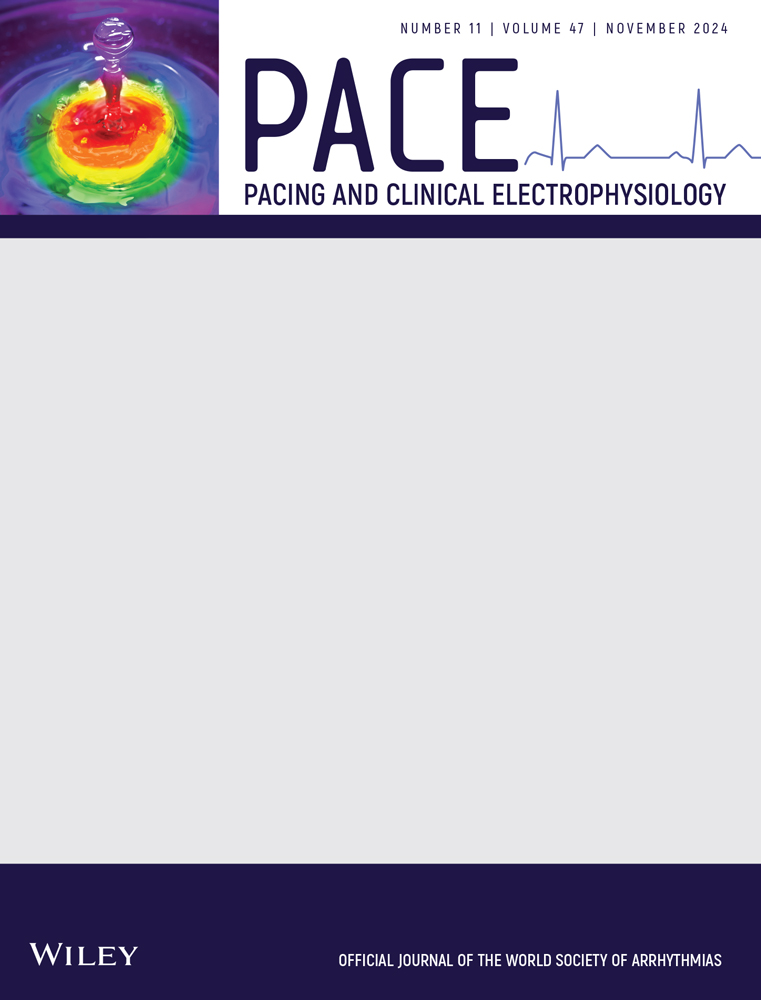Association between obesity paradox in the all-cause mortality among patients with cardiac resynchronization therapy device
Abstract
Background
Recent studies have demonstrated an obesity paradox, where obese patients with cardiovascular disease have a better outcome compared to those with normal weight. However, the effect of obesity and body mass index (BMI) on the outcome of patients with cardiac resynchronization therapy (CRT) devices remains unclear. The current study aims to investigate this relationship using all available published data.
Methods
We systematically reviewed studies from Medline and EMBASE databases from inception to January 2024. Eligible studies must investigate the association between BMI status and all-cause mortality in individuals with CRT devices. Relative risk (RR) or hazard ratio (HR) and 95% CIs were retrieved from each study and combined using the generic inverse variance method.
Results
A total of 12 cohort studies were included in the meta-analysis. Pooled analysis showed that overweight and obesity patients had lower all-cause mortality compared to those with normal body weight with the pooled risk ratios (RR) for overweight of 0.77 (95% CI 0.69–0.87, I2 47%) and for obesity of 0.81 (95% CI 0.67–0.97, I2 59%). Conversely, the underweight exhibited higher all-cause mortality than the group with normal weight, with a pooled RR of 1.37 (95% CI 1.14–1.64, I2 0%). Additionally, higher BMI as continuous data was associated with decreased all-cause mortality, with a pooled HR of 0.94 (95% CI 0.89–0.98, I2 72%).
Conclusions
The pooled analyses observed an obesity paradox in patients with CRT, where overweight and obesity were associated with reduced all-cause mortality, while underweight individuals exhibited higher all-cause mortality. Further research is necessary to investigate the underlying mechanisms and their implications for clinical practice.
CONFLICT OF INTEREST STATEMENT
The authors declare no conflicts of interest.
Open Research
DATA AVAILABILITY STATEMENT
The data that support the findings of this study are available from the corresponding author upon reasonable request.




